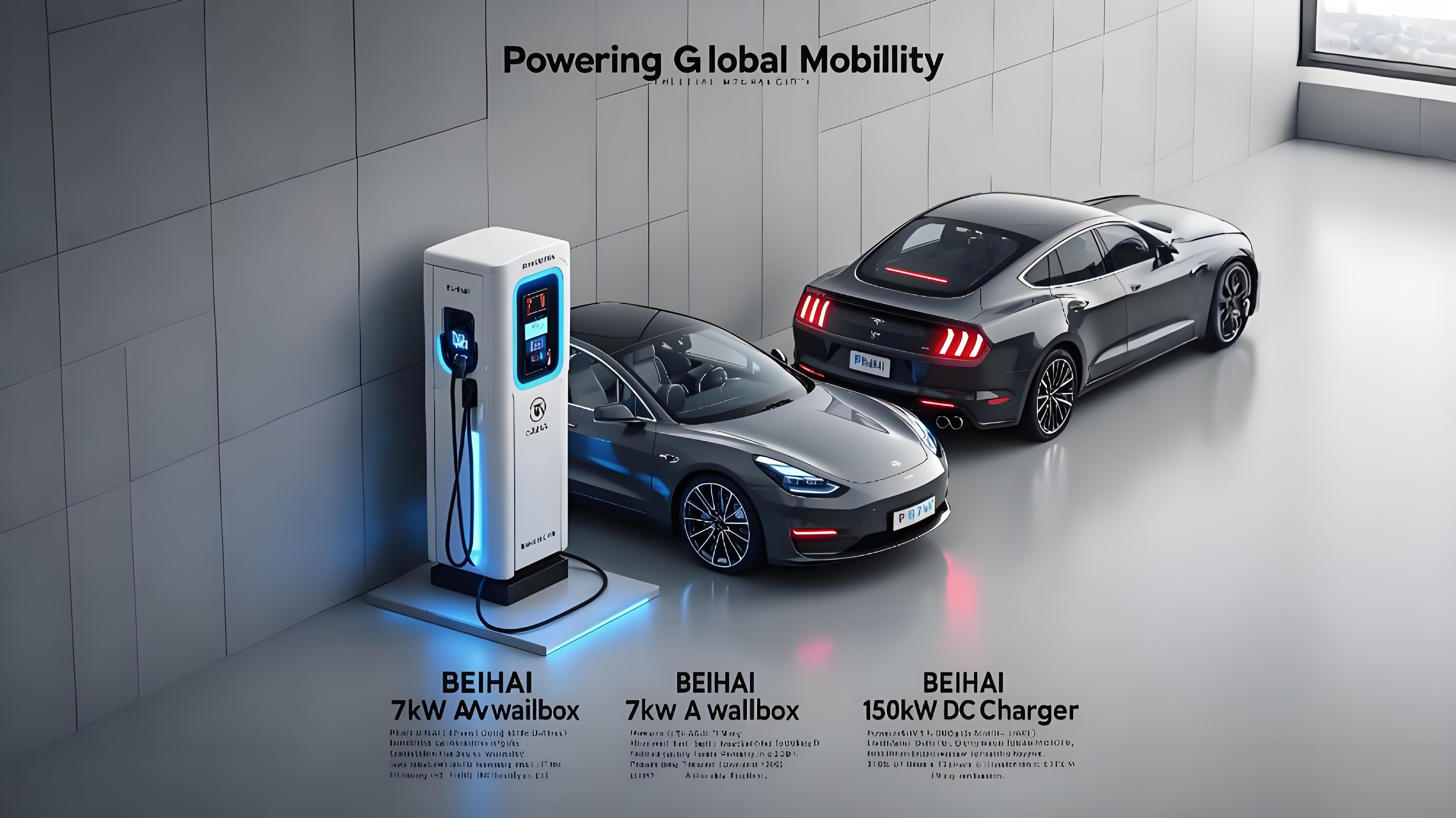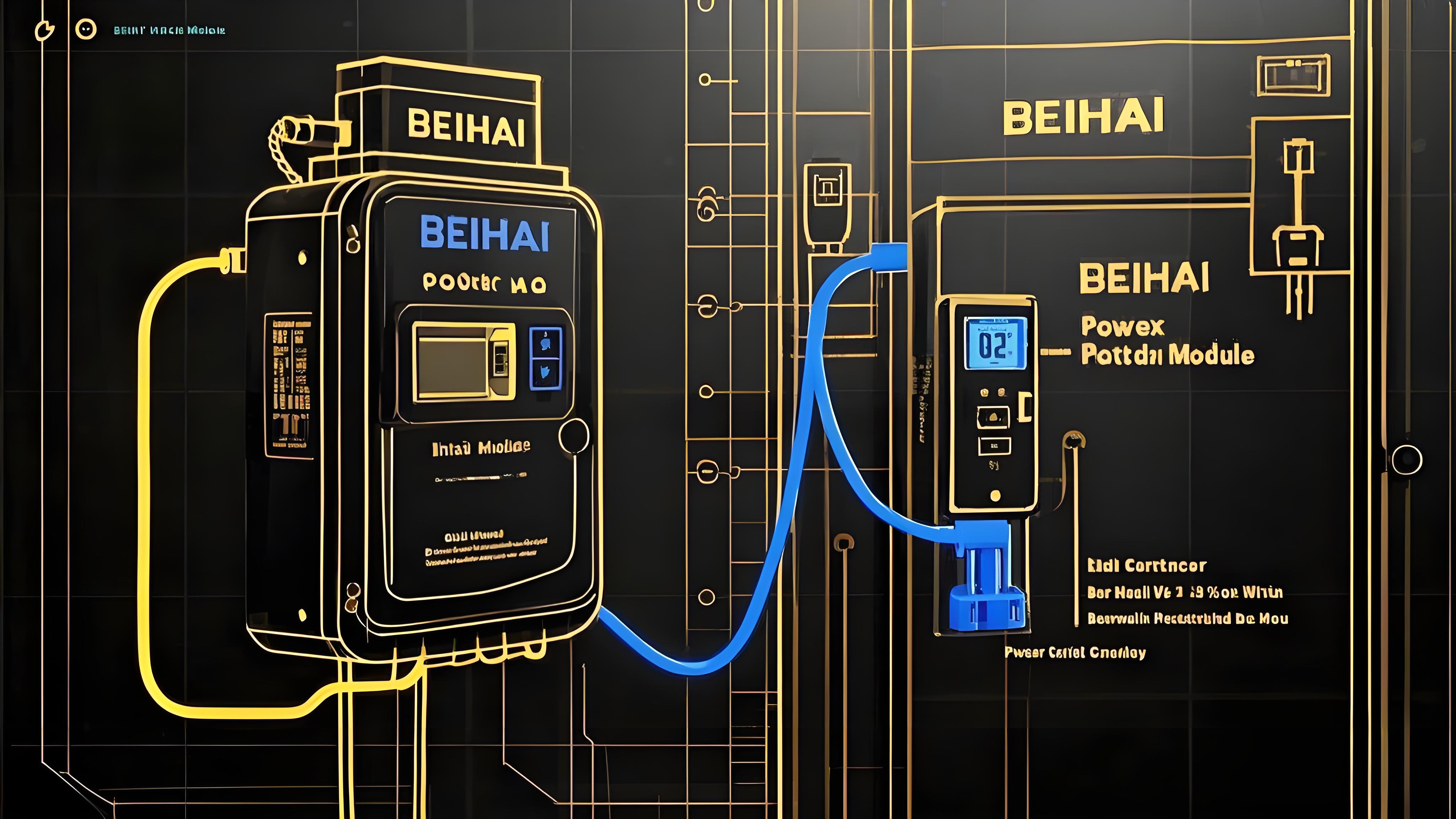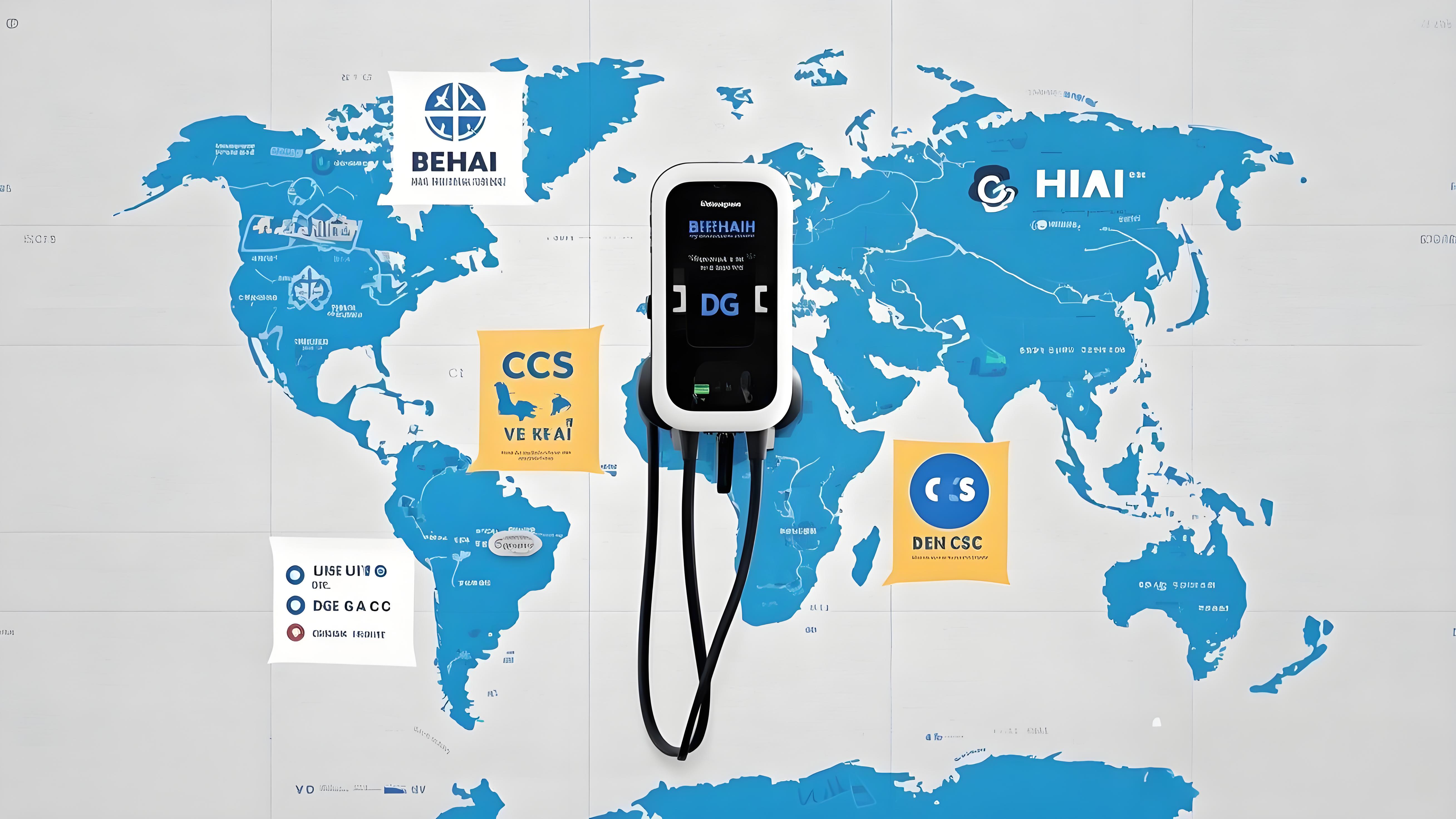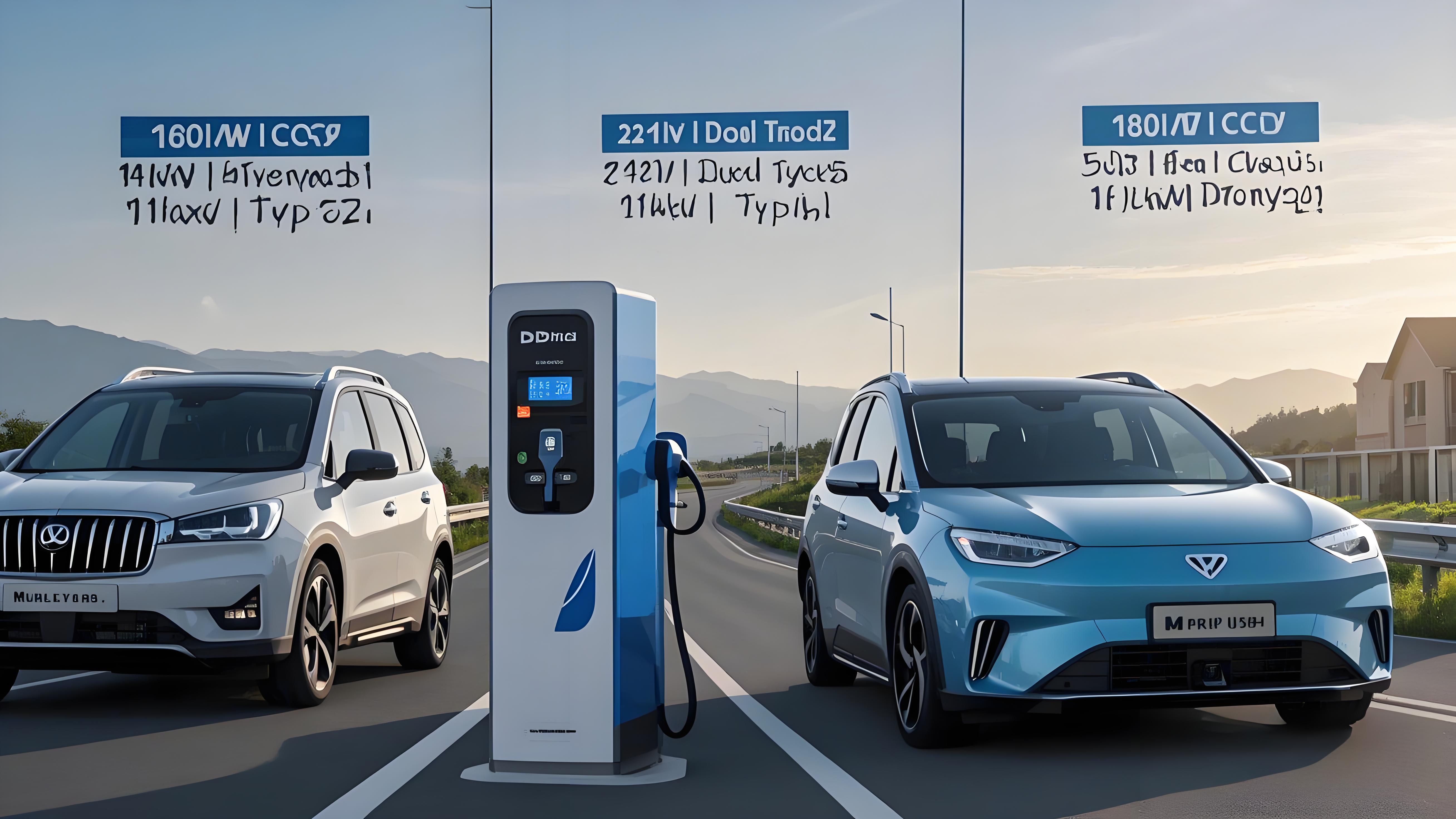Choosing the Right EV Charging Solution: Power, Current, and Connector Standards
As electric vehicles (EVs) become the cornerstone of global transportation, selecting the optimal EV charging station requires careful consideration of power levels, AC/DC charging principles, and connector compatibility. This guide explores how to navigate these factors to maximize efficiency, cost-effectiveness, and convenience.
1. Charging Power: Matching Speed to Needs
EV chargers are categorized by power output, which directly impacts charging speed and application:
- AC Chargers (7kW–22kW): Ideal for residential EV charging posts and workplace electric car charging stations, AC chargers provide overnight or daytime charging. A 7kW wallbox delivers 30–50 km of range per hour, perfect for daily commutes.
- DC Fast Chargers (40kW–360kW): Designed for commercial EV charging piles along highways or fleet hubs, DC chargers replenish 80% battery capacity in 15–45 minutes. For example, a 150kW DC charger adds 400 km of range in 30 minutes.
Rule of Thumb:
- Home/Work: 7kW–11kW AC chargers (Type 1/Type 2).
- Public/Commercial: 50kW–180kW DC chargers (CCS1, CCS2, GB/T).
- Ultra-Fast Corridors: 250kW+ DC charging stations for long-haul EVs.
2. AC vs. DC Charging: Principles and Trade-offs
Understanding the difference between AC chargers and DC chargers is critical:
- AC Chargers: Convert grid AC power to DC via the vehicle’s onboard charger. Slower but cost-effective, these EV charging posts dominate homes and low-traffic areas.
- Pros: Lower installation costs, compatibility with standard grids.
- Cons: Limited by onboard charger capacity (typically ≤22kW).
- DC Chargers: Deliver DC power directly to the battery, bypassing the vehicle’s converter. These high-power EV charging stations are essential for commercial fleets and highways.
- Pros: Ultra-fast charging, scalable for future battery tech.
- Cons: Higher upfront costs, grid infrastructure demands.
3. Connector Standards: Global Compatibility Challenges
EV charging piles and stations must align with regional connector standards:
- CCS1 (North America): Combines AC Type 1 with DC pins. Supports up to 350kW.
- Pros: High power, Tesla compatibility via adapters.
- Cons: Limited to North America.
- CCS2 (Europe): Integrates AC Type 2 with DC pins. Dominates EU markets with 350kW capability.
- Pros: Universal in Europe, bidirectional charging-ready.
- Cons: Bulkier design.
- GB/T (China): Standard for Chinese EVs, supporting AC (250V) and DC (150–1000V).
- Pros: High-voltage DC compatibility, government-backed.
- Cons: Rarely used outside China.
- Type 1/Type 2 (AC): Type 1 (120V) suits older EVs in North America, while Type 2 (230V) dominates European AC chargers.
Future-Proof Tip: Opt for EV charging stations with dual/multi-standard connectors (e.g., CCS2 + GB/T) to serve diverse markets.
4. Strategic Deployment Scenarios
- Urban Networks: Install 22kW AC charging posts with Type 2/CCS2 in parking lots.
- Highway Corridors: Deploy 150kW+ DC charging piles with CCS1/CCS2/GB/T.
- Fleet Depots: Combine 40kW DC chargers for overnight charging and 180kW+ units for rapid turnover.
Why Trust China BeiHai Power?
We deliver EV charging solutions that balance power, efficiency, and global standards. Our AC/DC chargers and EV charging stations are certified (CE, UL, TÜV) for safety and interoperability. With 20,00+ installations worldwide, we help businesses and governments build charging networks that transcend regional barriers.
Power Smarter. Charge Faster.
Post time: Mar-26-2025








